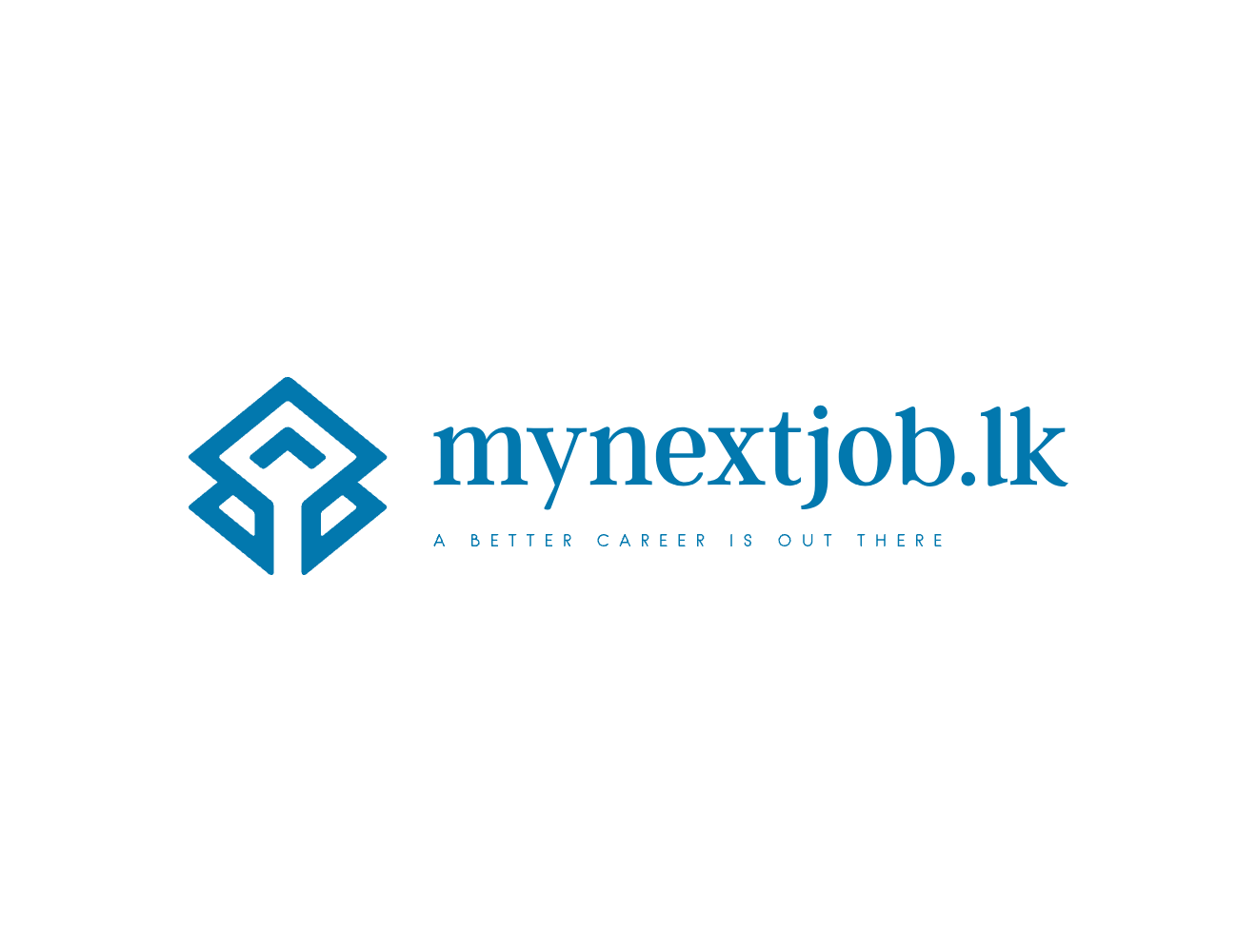Understanding the Causes of Employee Turnover
Employee turnover is a critical concern for organizations, and understanding its causes is fundamental to formulating effective retention strategies. Research indicates several key factors that prompt employees to leave their positions. Among these, a lack of career growth stands out prominently. When employees perceive limited opportunities for advancement or skill development, they are often motivated to seek employment elsewhere. According to a study by LinkedIn, a staggering 94% of employees would stay longer at a company if it invested in their career development.
Inadequate compensation is another significant driver of turnover. While fair and competitive salaries are essential, benefits and incentives also play a crucial role in employee retention. A report by Glassdoor notes that roughly 45% of employees prioritize salary as a major reason for job change, but non-monetary rewards like health benefits and work flexibility are also critical.
Poor management practices frequently lead to employee dissatisfaction. Ineffective leadership, lack of support, and unclear communication can create a toxic work environment. Gallup’s research reveals that employees who rate their managers poorly are four times more likely to seek new employment within the year.
Work-life balance is increasingly a priority for modern employees. The inability to balance work demands with personal life significantly impacts turnover rates. The American Psychological Association has found that employees who struggle with work-life balance are 2.5 times more likely to consider leaving their jobs.
Cultural misalignment is also a crucial factor. When an employee’s values and expectations do not align with the organizational culture, it leads to disengagement and ultimately turnover. SHRM reports that companies with strong cultures enjoy turnover rates that are 40% lower than those with weak cultures.
Real-world insights further illuminate these points. For instance, a case study from IBM showcased how a focus on employee growth and supportive management reduced their turnover rate by 25%. Testimonials from departing employees often highlight these primary causes, underscoring the importance of addressing them comprehensively.
Creating a Positive Work Environment
Fostering a positive and inclusive workplace culture is paramount in reducing employee turnover. When employees feel valued, heard, and safe, their overall satisfaction and commitment to the company improve, which in turn reduces attrition rates. Several strategies can be employed to nurture such an environment.
Promoting open communication is crucial. When management encourages transparency and actively seeks feedback from employees, it creates a sense of trust and belonging. Regular meetings, suggestion boxes, and even anonymous surveys can be effective tools. For instance, Google utilizes a comprehensive feedback system where employees can freely share their ideas and opinions, leading to continuous improvement in both employee satisfaction and company processes.
Encouraging teamwork is another vital strategy. Creating opportunities for collaboration not only helps in achieving business goals but also strengthens workplace relationships. Team-building activities, cross-department projects, and social events can foster a sense of unity and shared purpose. Companies like Zappos have excelled in this area by integrating team-building into their core culture, which has significantly contributed to their high employee retention rates.
Recognizing and rewarding employee contributions is essential in maintaining a motivated workforce. When employees’ efforts are acknowledged, they feel appreciated and are more likely to remain loyal to the company. This can be achieved through various initiatives such as employee of the month programs, performance bonuses, and public acknowledgments. Salesforce, for example, regularly celebrates employee achievements through public recognition and career development opportunities, which has considerably bolstered employee morale.
Ensuring a safe and healthy work environment cannot be overlooked. Providing ergonomic workstations, maintaining cleanliness, and offering mental health support are some measures that can significantly improve workplace well-being. The leadership’s role in setting the tone for company culture is indisputable; leaders must model the behaviors and values they wish to see across the organization. Patagonia stands out as an example, with its commitment to environmental responsibility and employee well-being, leading to a dedicated and satisfied workforce.
By integrating these strategies into the workplace, companies can create an environment where employees thrive, thus reducing turnover and fostering long-term success.
Implementing Career Development Programs
Career development is pivotal in retaining employees and fostering a committed workforce. Organizations that prioritize their employees’ professional growth see notable benefits in both employee satisfaction and overall organizational growth. One primary strategy is offering continuous learning opportunities. This can include workshops, online courses, certifications, and seminars that help employees stay current with industry trends and advance their skills. For instance, companies that invest in continuous education report lower turnover rates, as employees feel valued and empowered.
Additionally, providing clear career paths within the organization is essential. Employees need to see potential for growth and advancement to remain motivated and engaged. Transparency in career progression and internal promotions not only decreases turnover but also builds a culture of loyalty and dedication. Data suggest that organizations with well-defined career advancement frameworks have a 34% higher retention rate compared to those that do not.
Mentorship programs also play a vital role in professional development. Pairing less experienced employees with seasoned mentors fosters knowledge transfer, provides guidance, and enhances employee engagement. Mentors help mentees navigate the complexities of their roles and career paths, contributing to a more satisfied workforce. Studies show that companies with structured mentorship programs see a 20% higher rate of employee retention.
Regular performance reviews are another cornerstone of effective career development programs. These reviews should focus on constructive feedback, goal setting, and personal growth plans rather than just evaluating past performance. Well-conducted performance reviews help employees understand their strengths and areas for improvement, which drives personal and professional development. Performance appraisals that include career development discussions are linked to a 21% boost in employee satisfaction.
Implementing these career development strategies not only benefits employees but also has a positive impact on the organization. Companies that focus on developing their workforce can expect increased innovation, productivity, and a stronger competitive edge in the marketplace. Investing in employees’ careers fosters a more committed and engaged workforce, ultimately reducing turnover rates and enhancing organizational success.
Improving Work-Life Balance
Addressing the need for a reasonable work-life balance is a critical component in the effort to reduce employee turnover. Offering flexible working hours is an effective strategy to help employees better manage their personal and professional lives. By allowing staff to customize their schedules, employers empower them to balance work with other important aspects of their lives, leading to higher levels of job satisfaction and retention.
Remote work options are another vital aspect of a comprehensive work-life balance strategy. With advancements in technology, many roles can now be performed effectively from home or other remote locations. This flexibility not only helps employees manage their daily responsibilities more efficiently but also reduces commuting time, which can significantly enhance overall well-being and productivity.
In addition to flexible working hours and remote work options, implementing robust paid time off (PTO) policies is essential. Offering generous PTO, including vacation days, personal days, and parental leave, allows employees to recharge, attend to personal matters, and reduce stress. Such policies demonstrate an employer’s commitment to the welfare of their team, fostering loyalty and a positive organizational culture.
Wellness programs that focus on physical and mental health are also crucial in promoting a balanced work-life environment. Initiatives such as gym memberships, meditation sessions, and mental health support can greatly enhance employee well-being. Companies that prioritize wellness often see a reduction in absenteeism and an increase in productivity, further emphasizing the mutually beneficial relationship between work-life balance and organizational success.
Several companies have set exemplary standards in this area. For instance, tech giant Google has garnered attention for its flexible work arrangements and comprehensive wellness programs that include on-site fitness centers and counseling services. Similarly, Netflix’s unlimited PTO policy allows employees to take time off as needed, fostering a results-oriented culture that prioritizes output over hours worked.
In conclusion, prioritizing work-life balance through flexible working hours, remote work options, generous paid time off policies, and robust wellness programs can have a profound positive impact on employee productivity, job satisfaction, and overall well-being. By learning from successful companies and implementing these strategies, employers can significantly reduce turnover and build a more resilient and engaged workforce.








